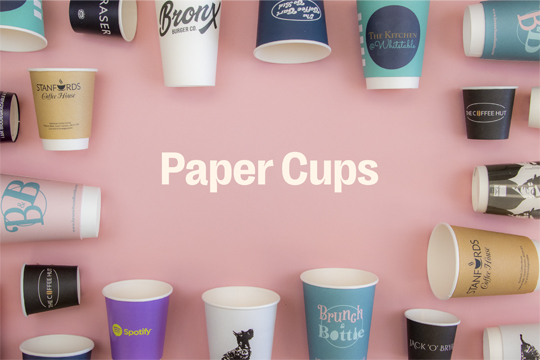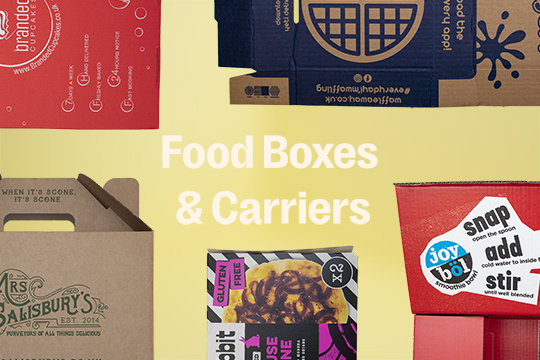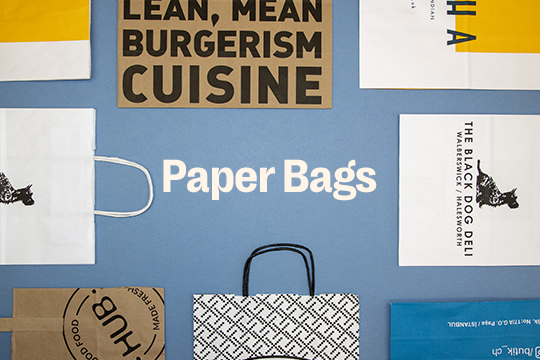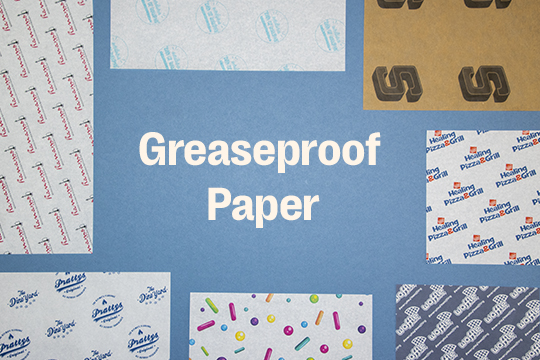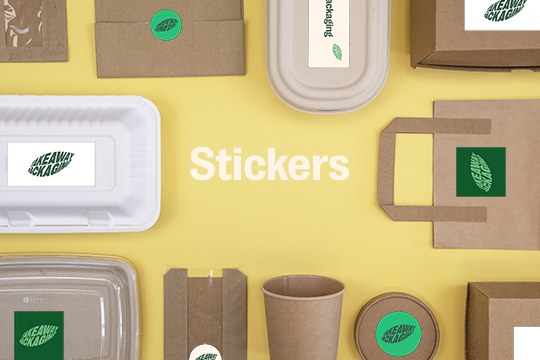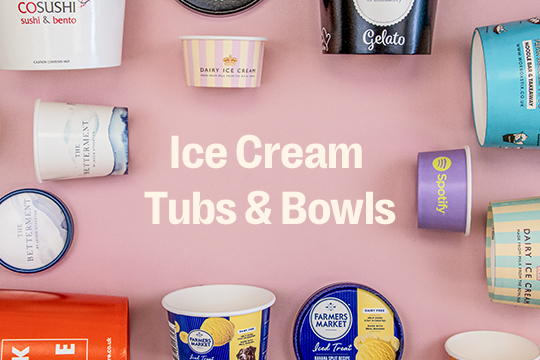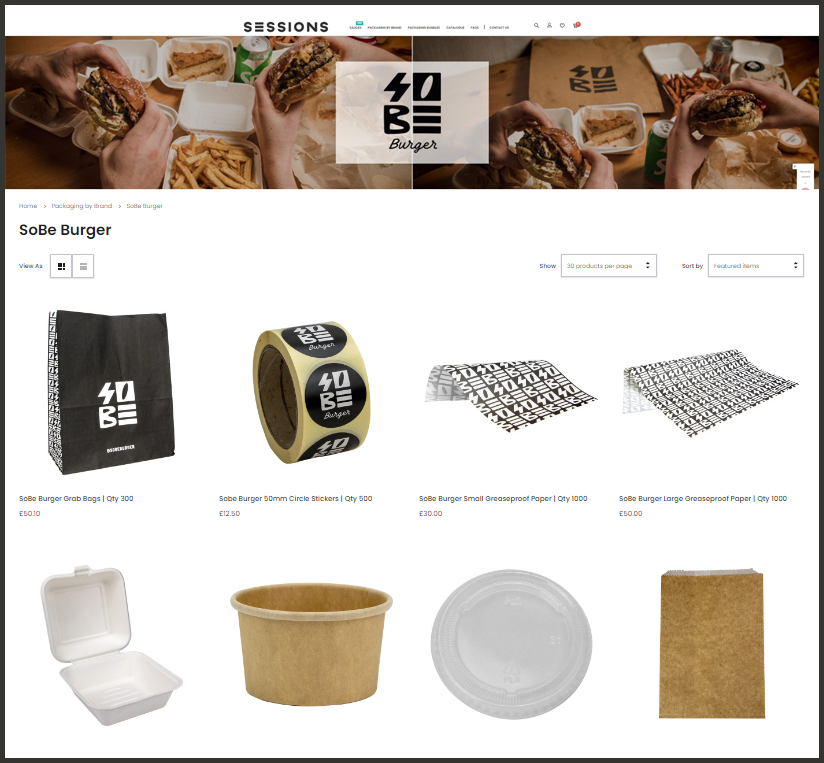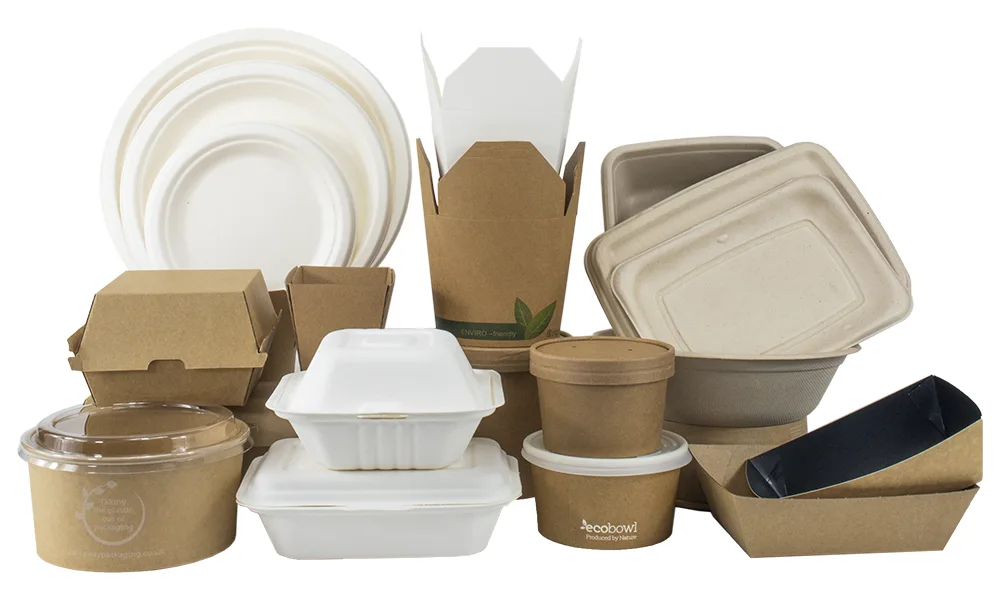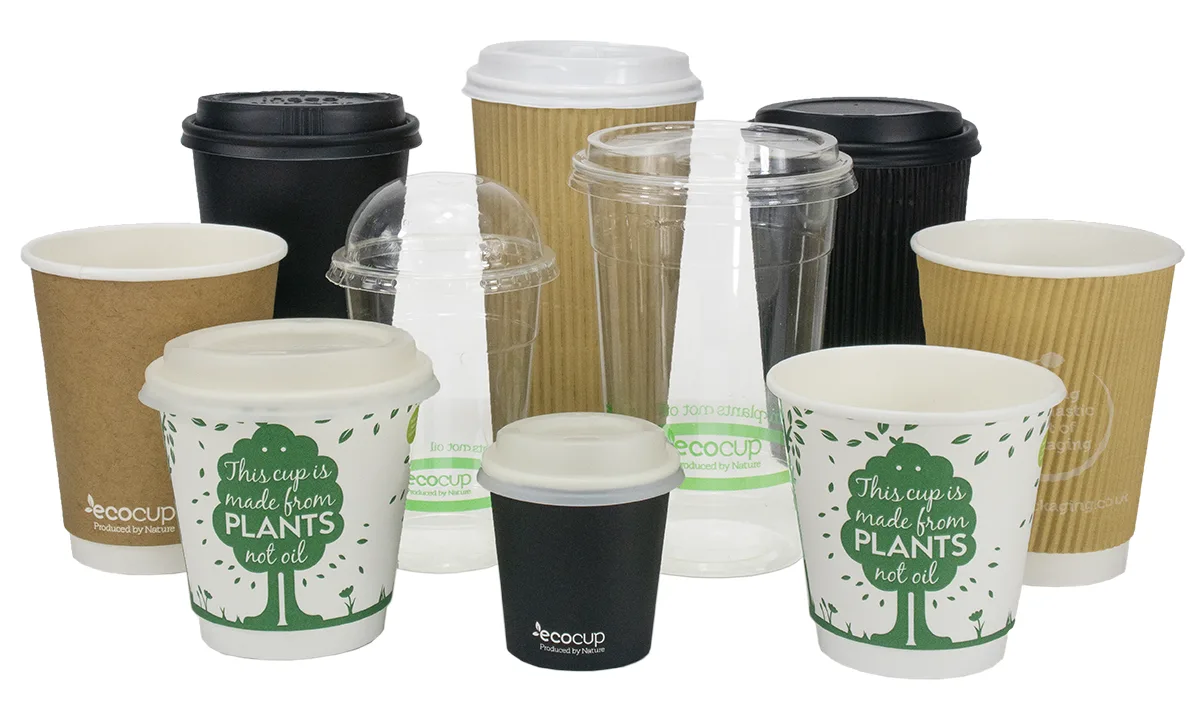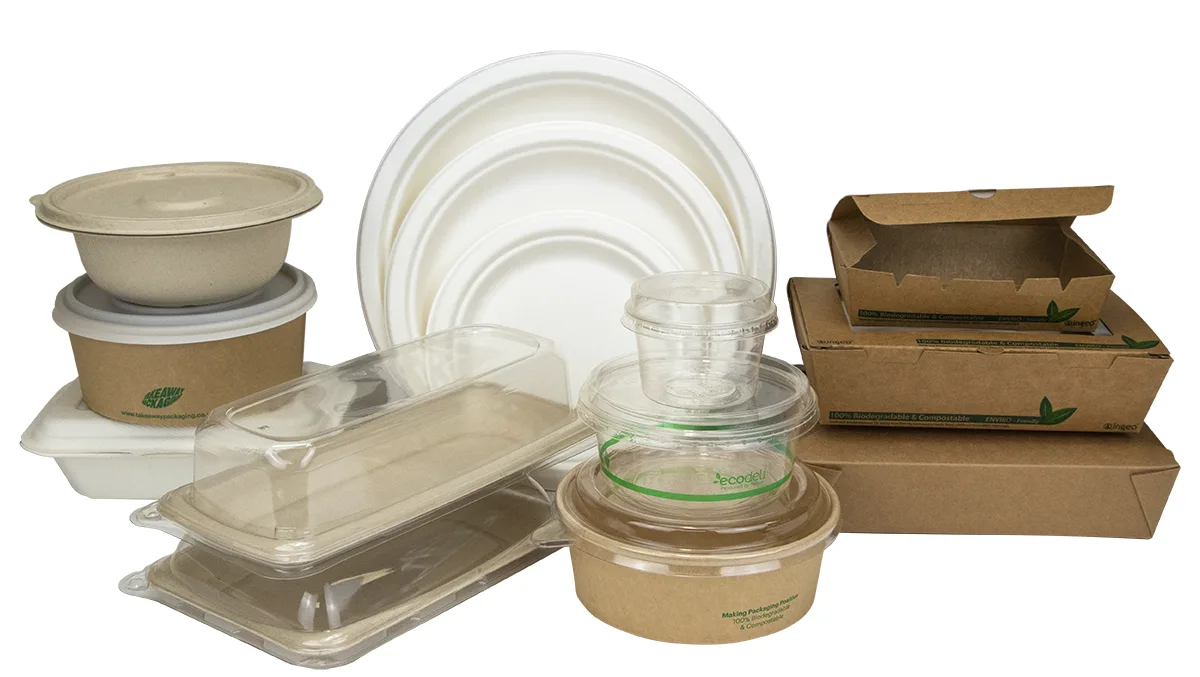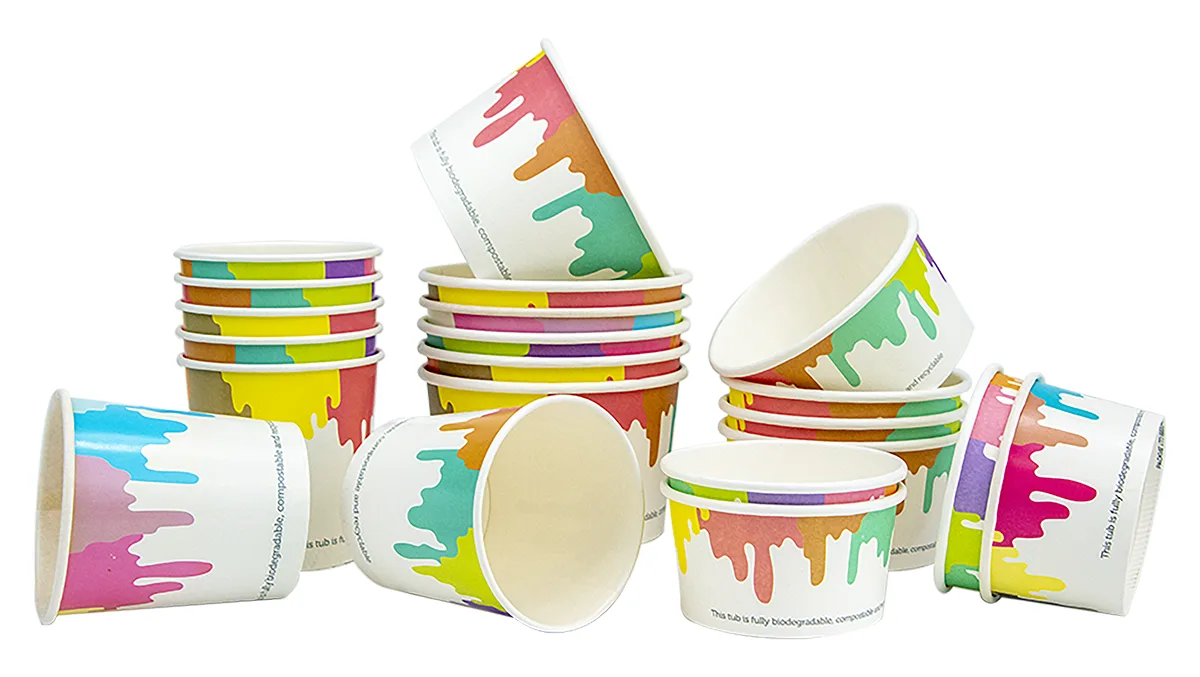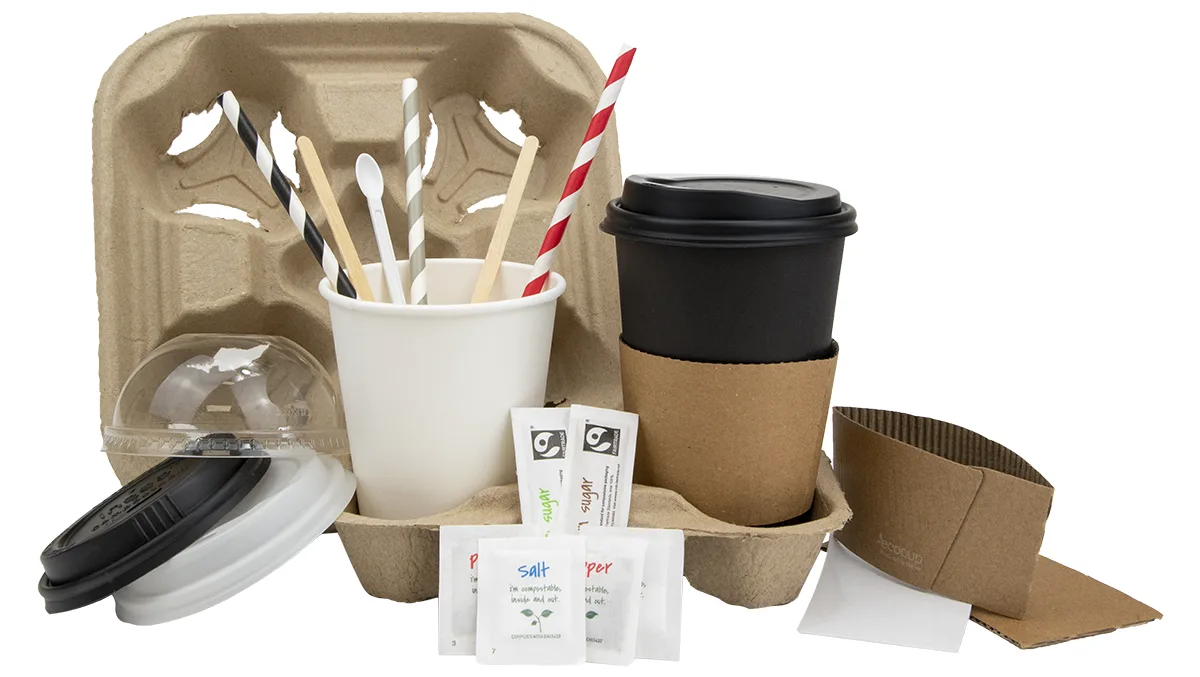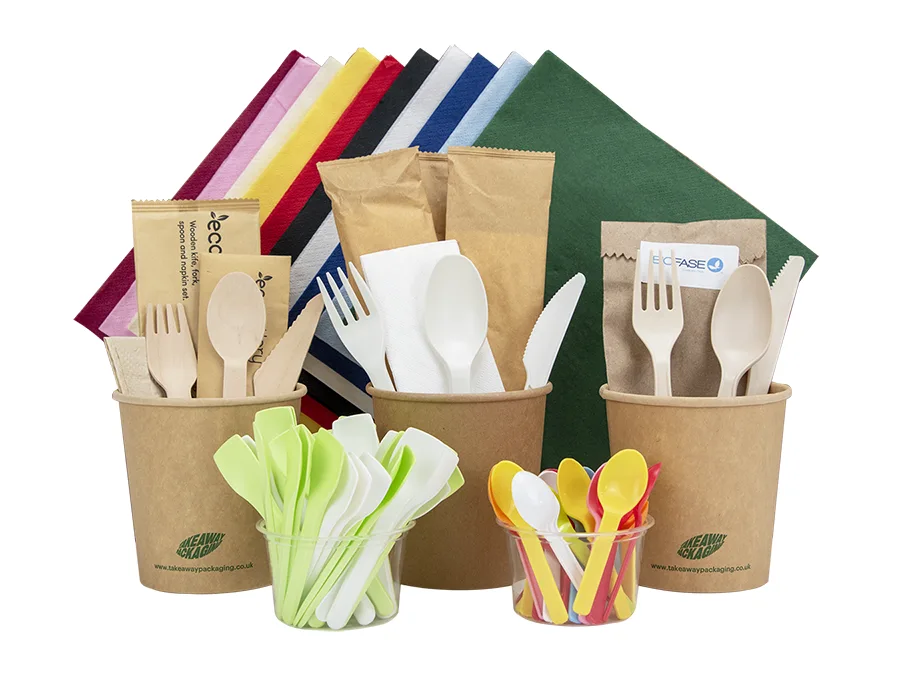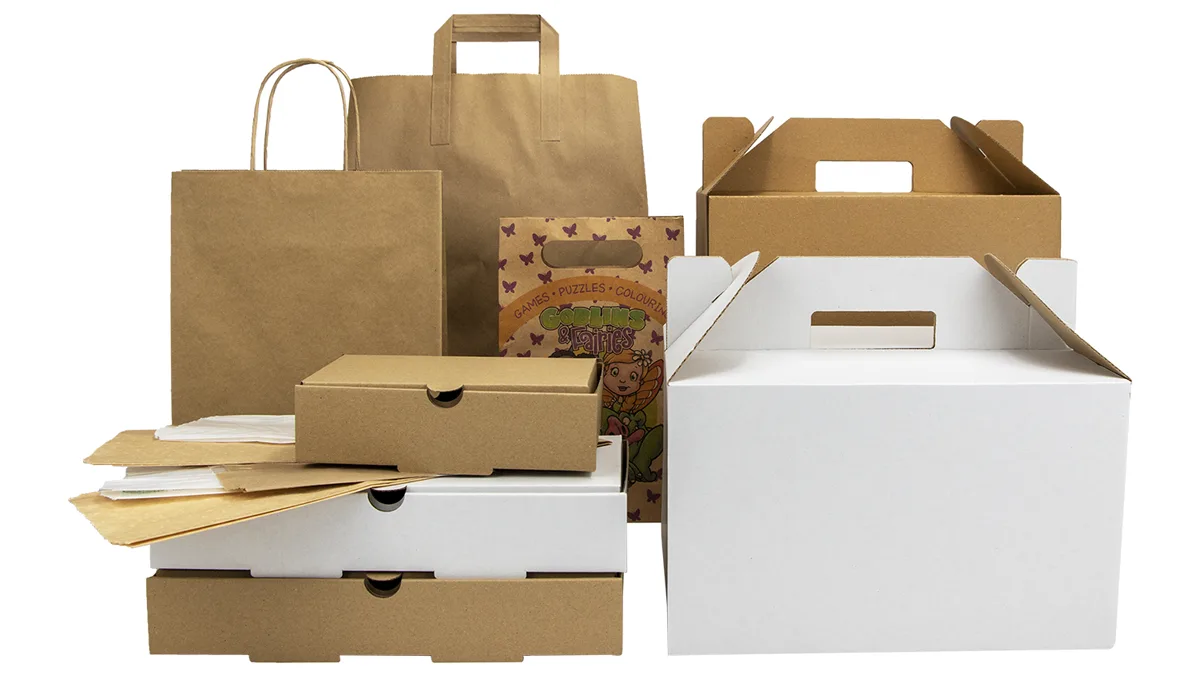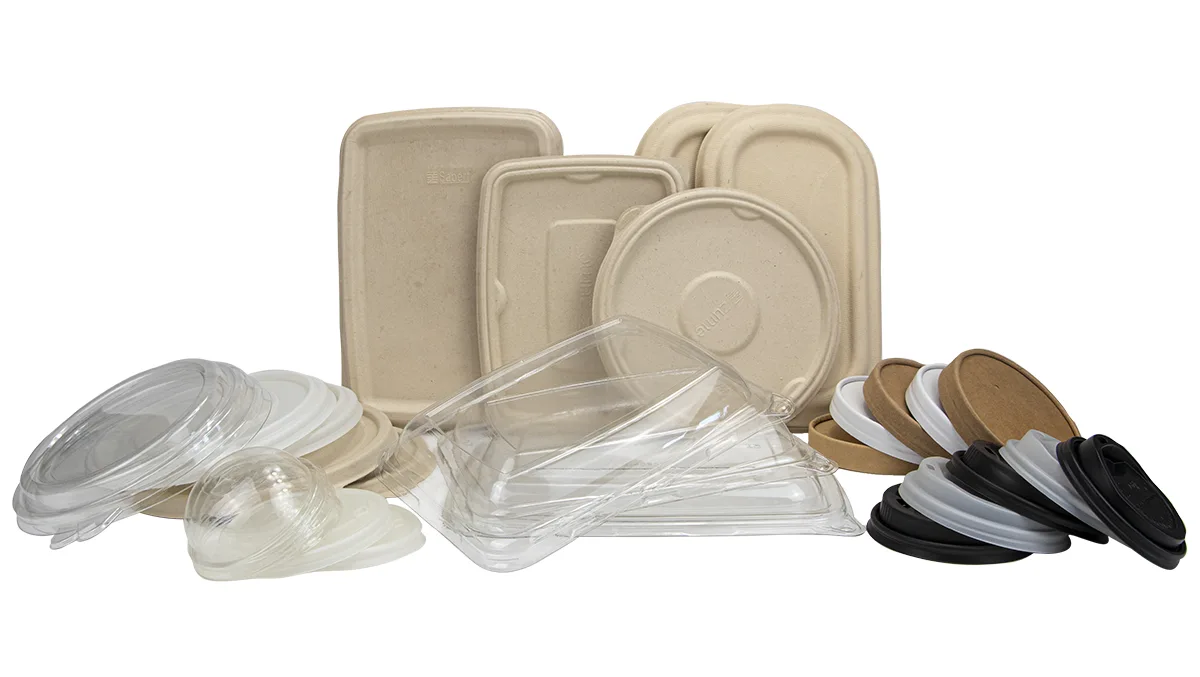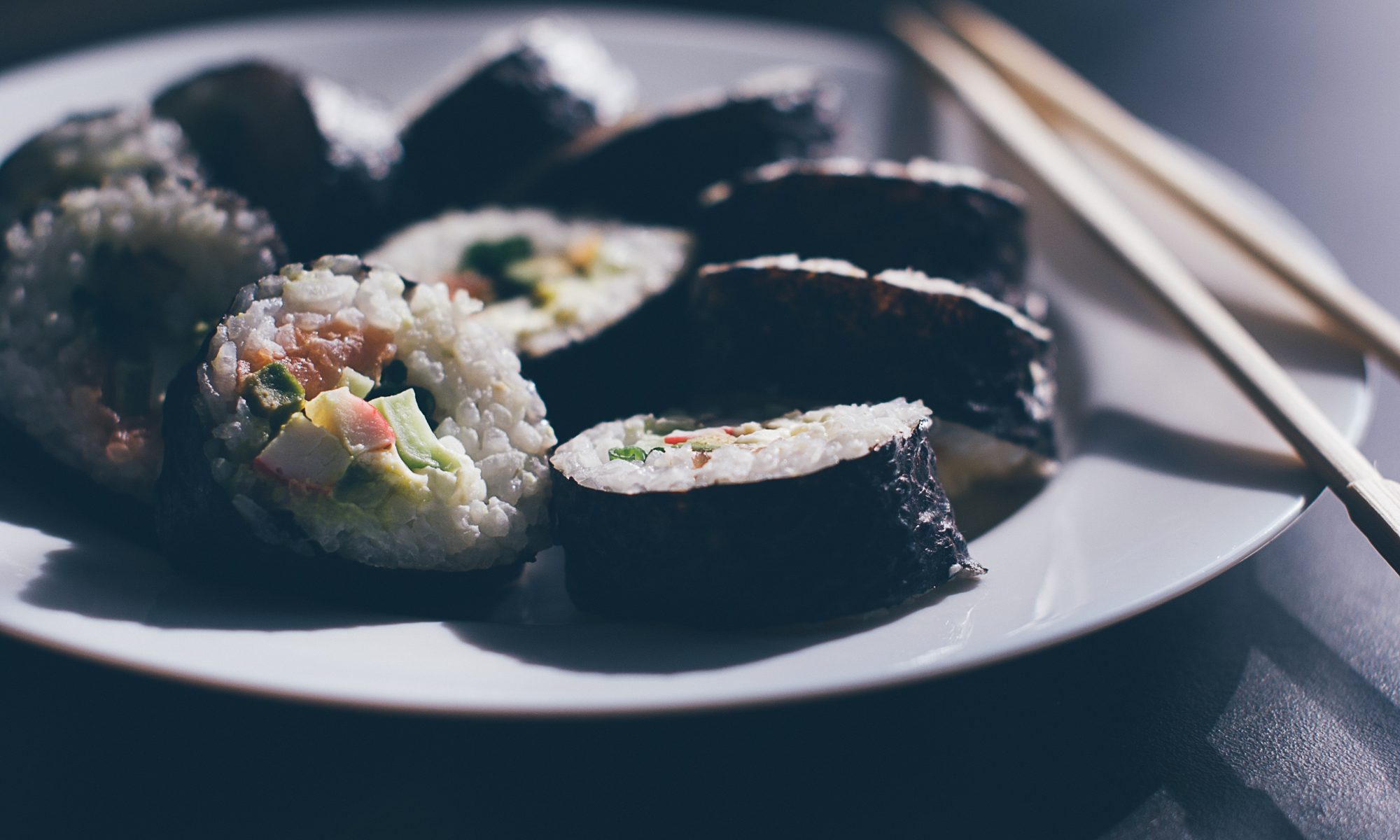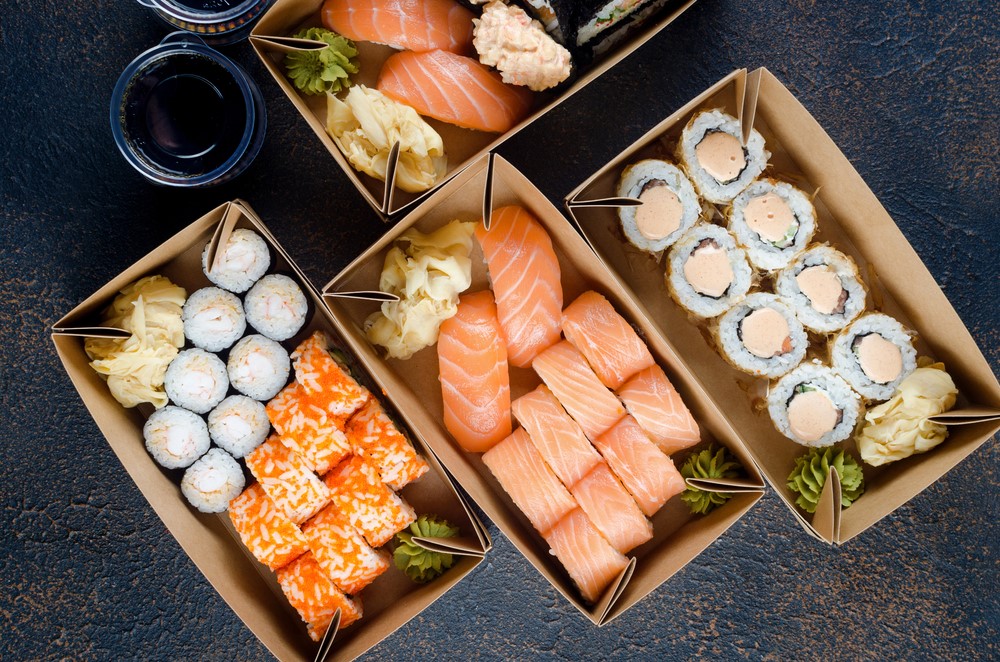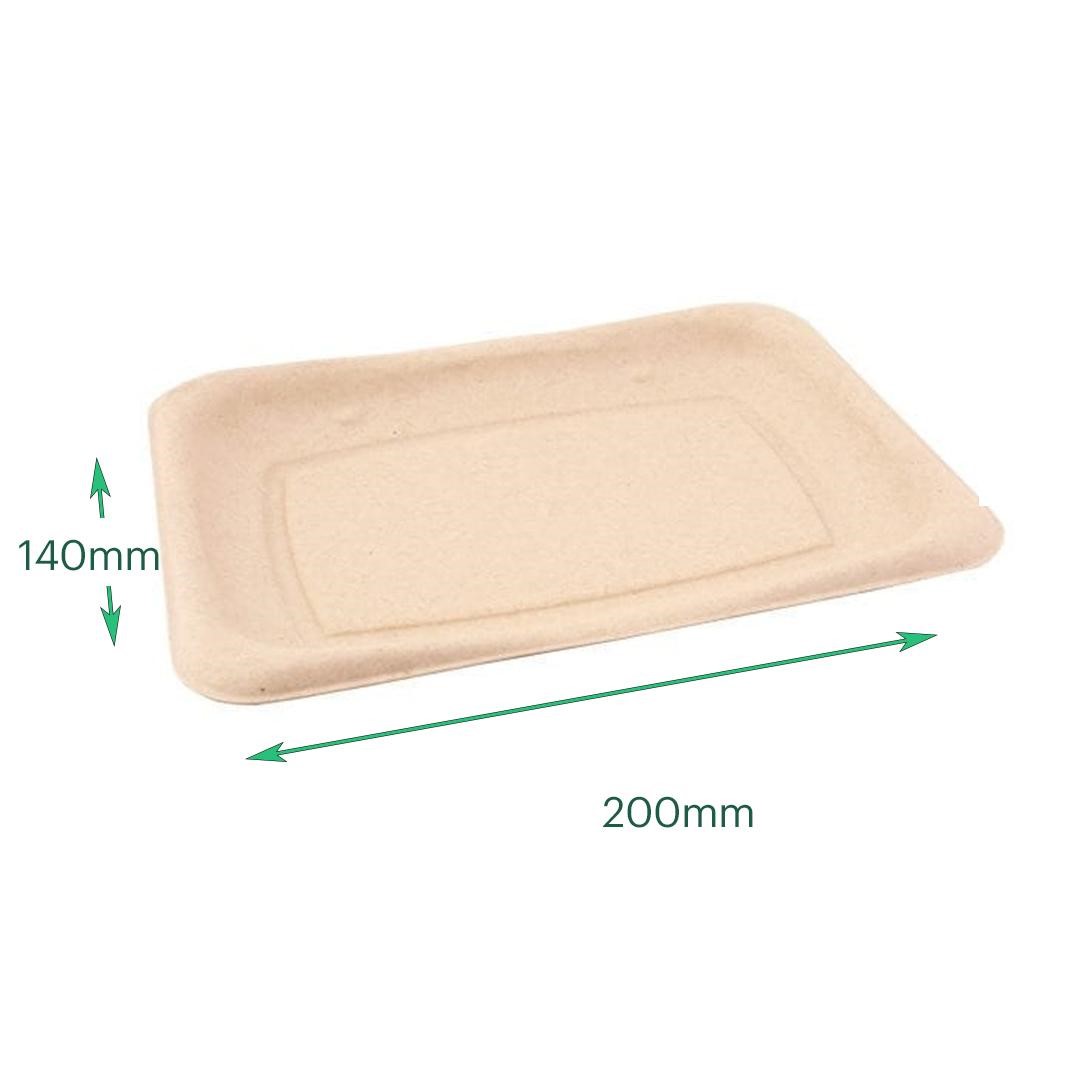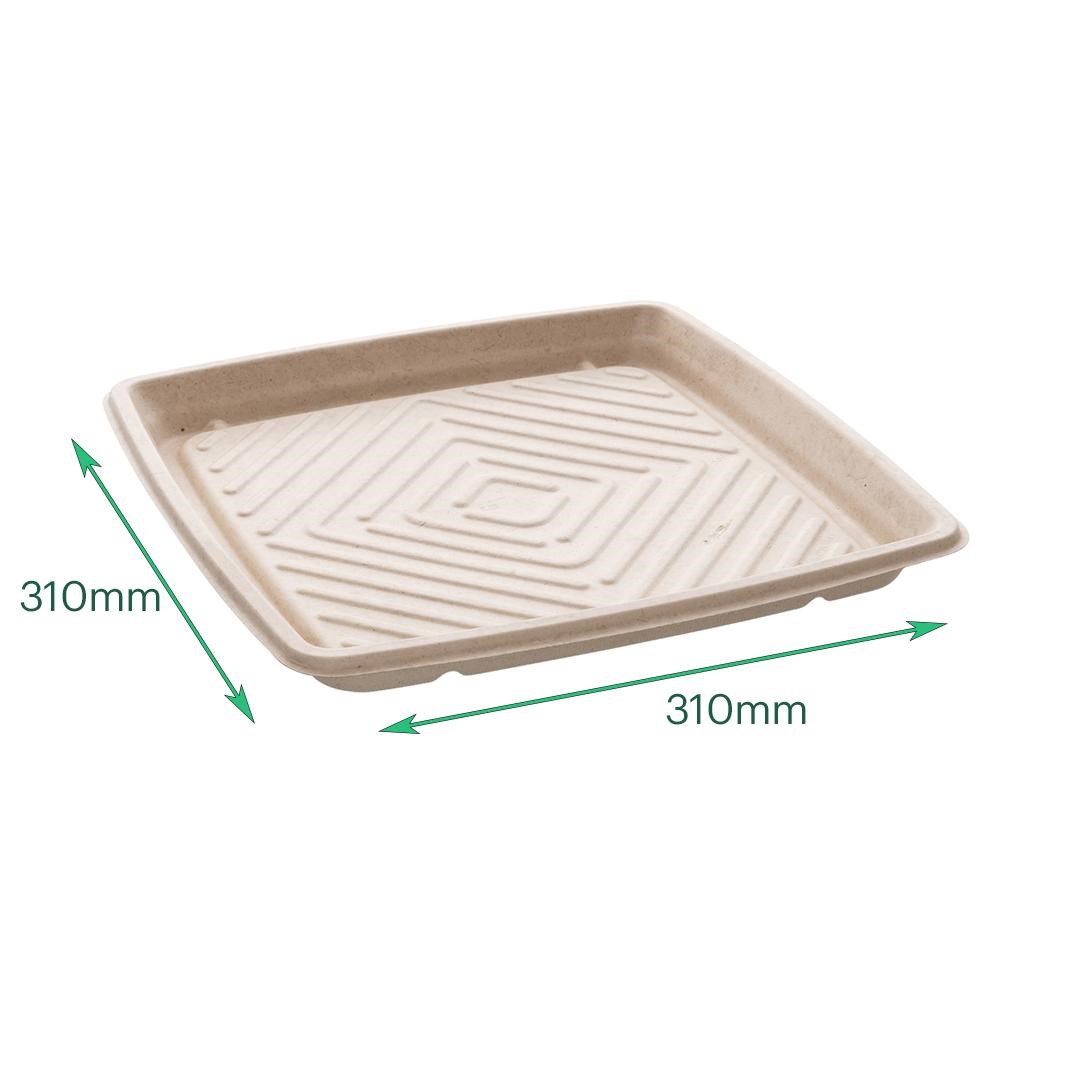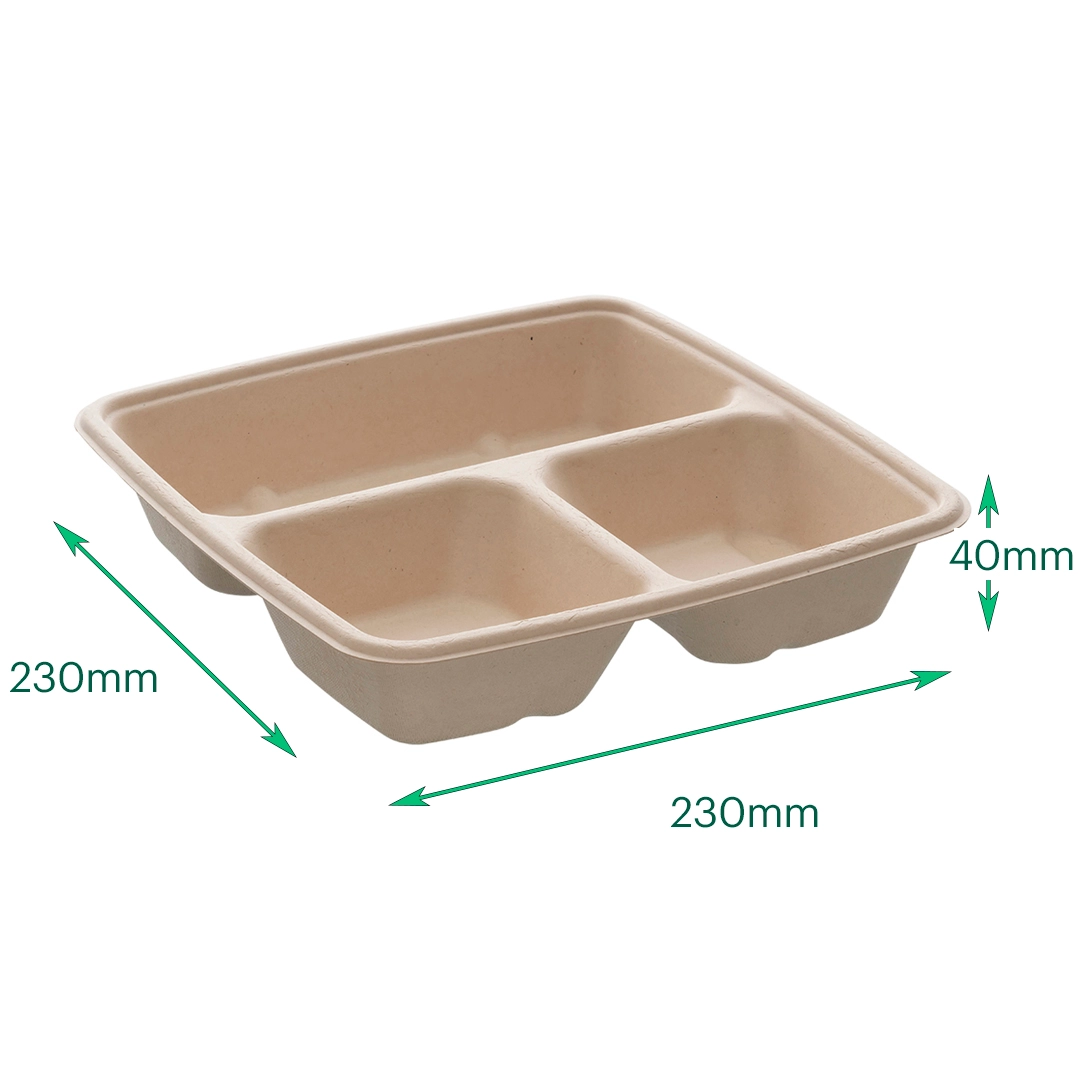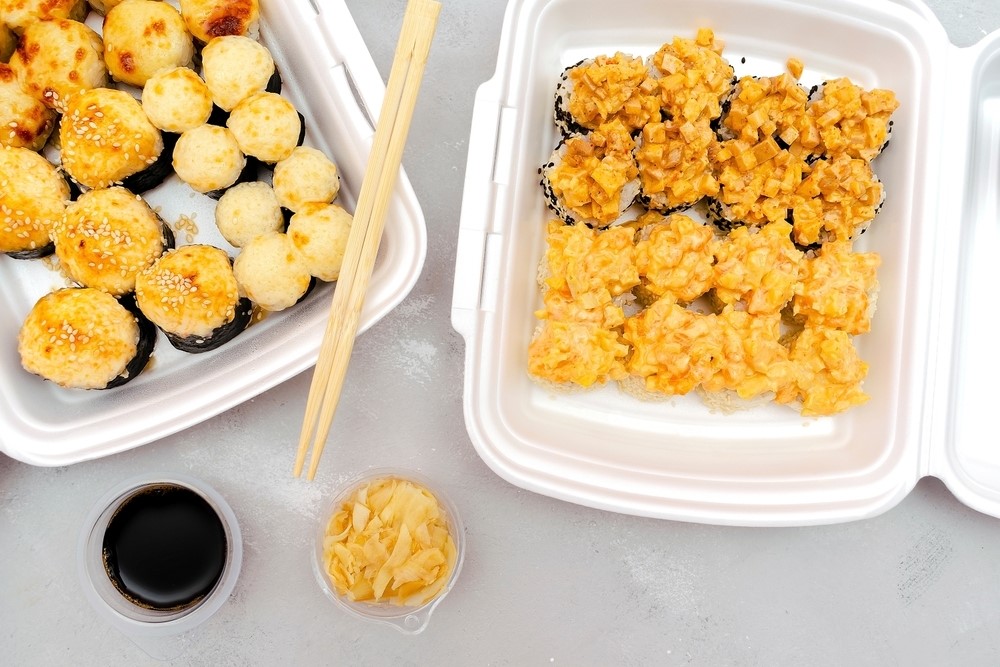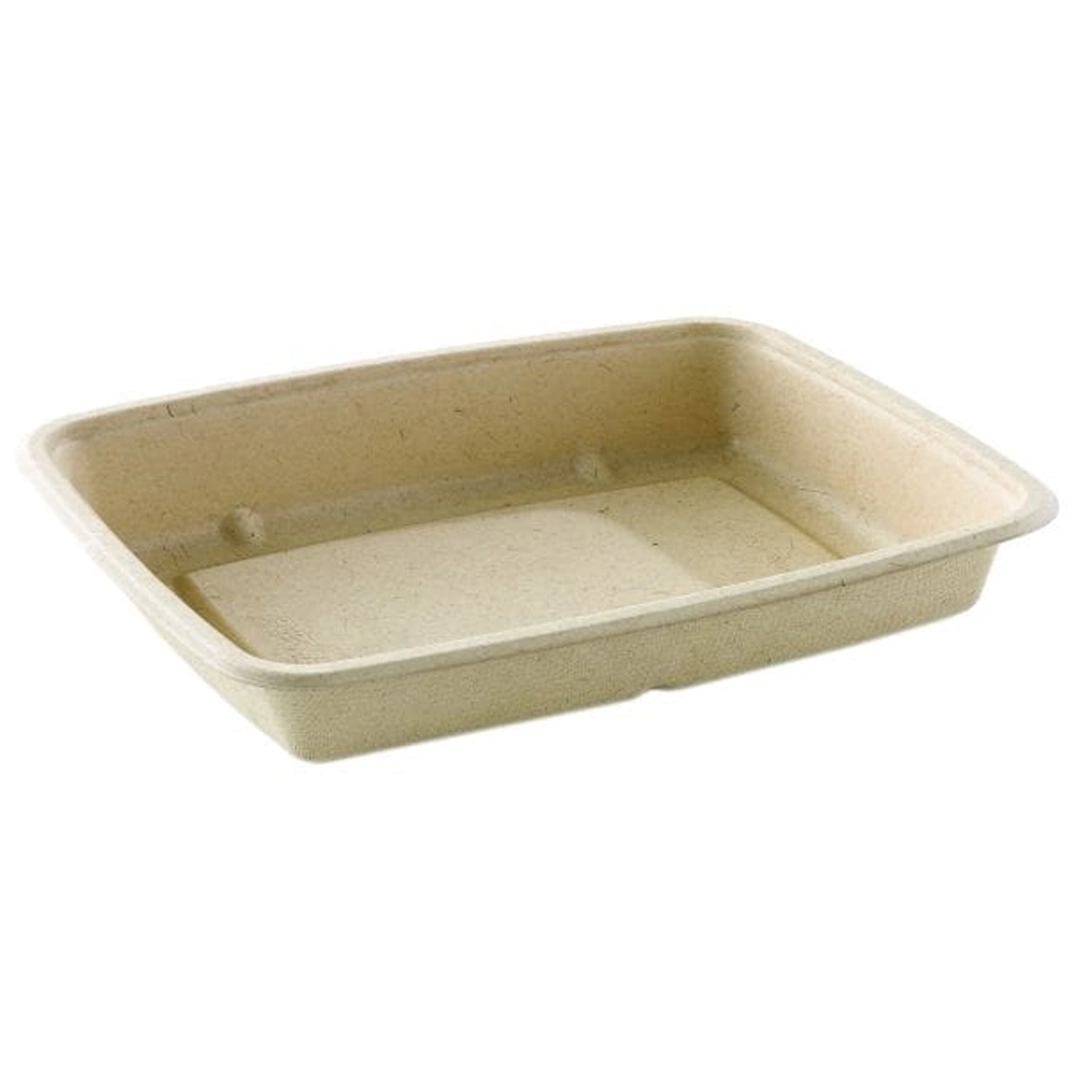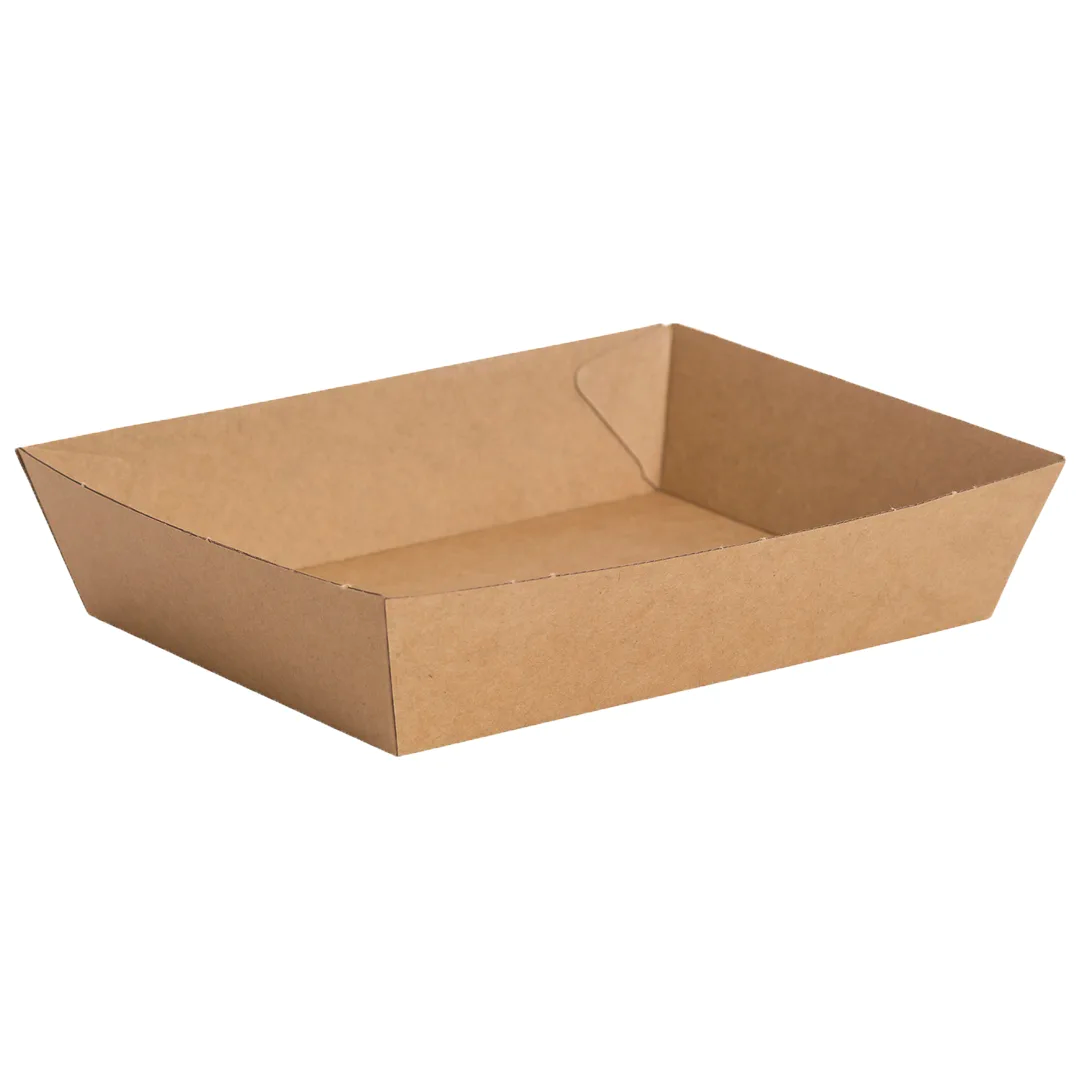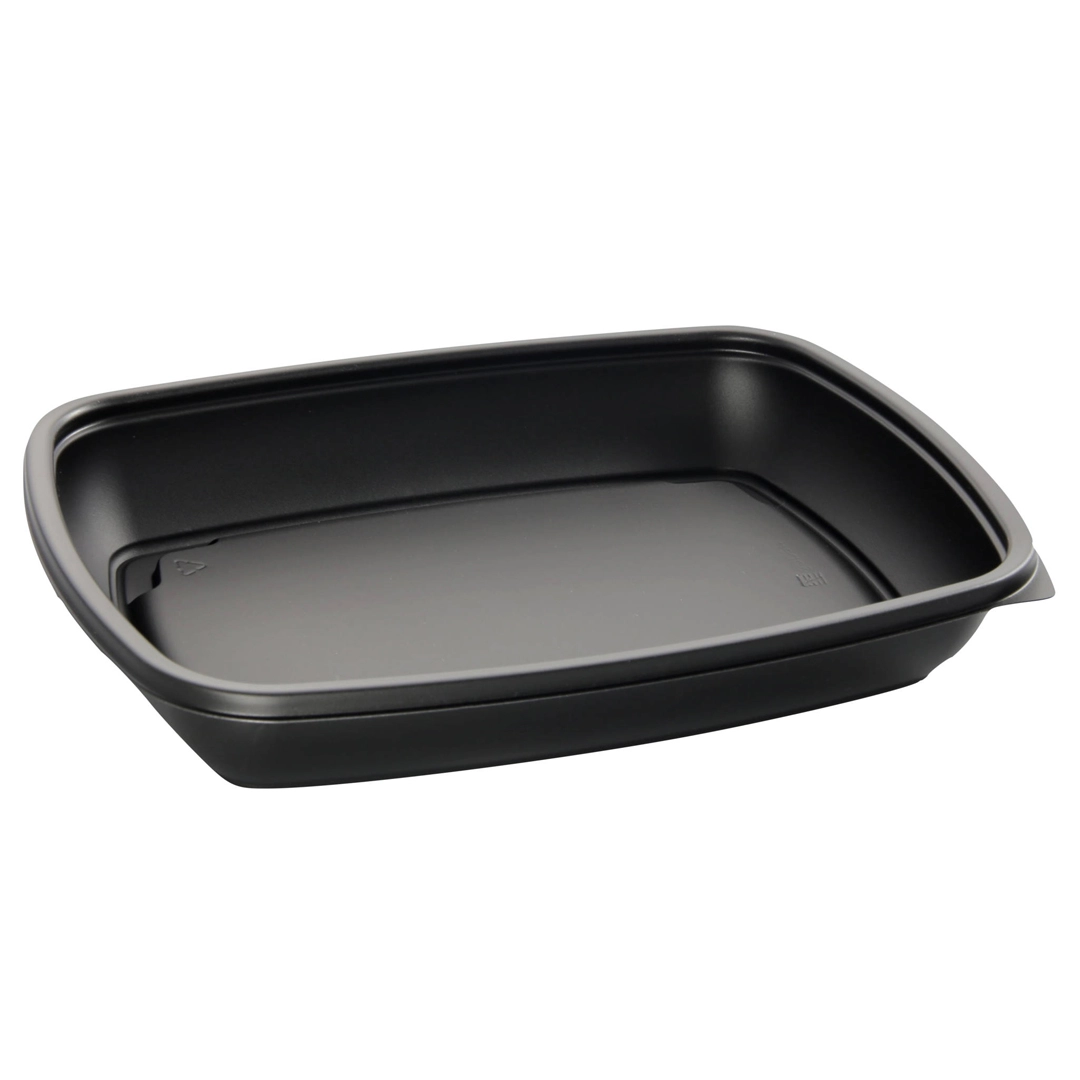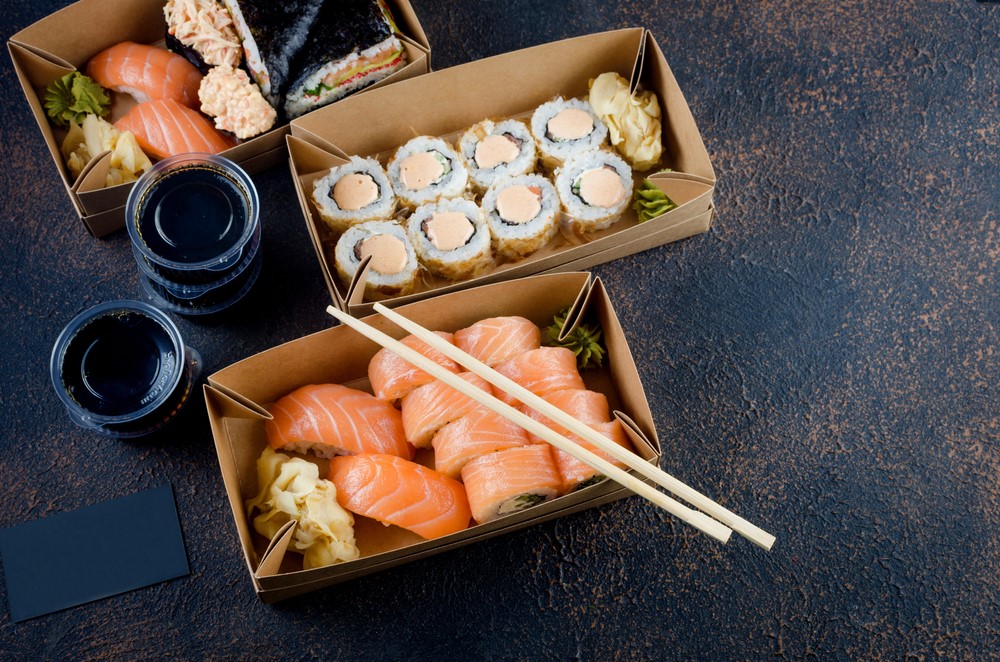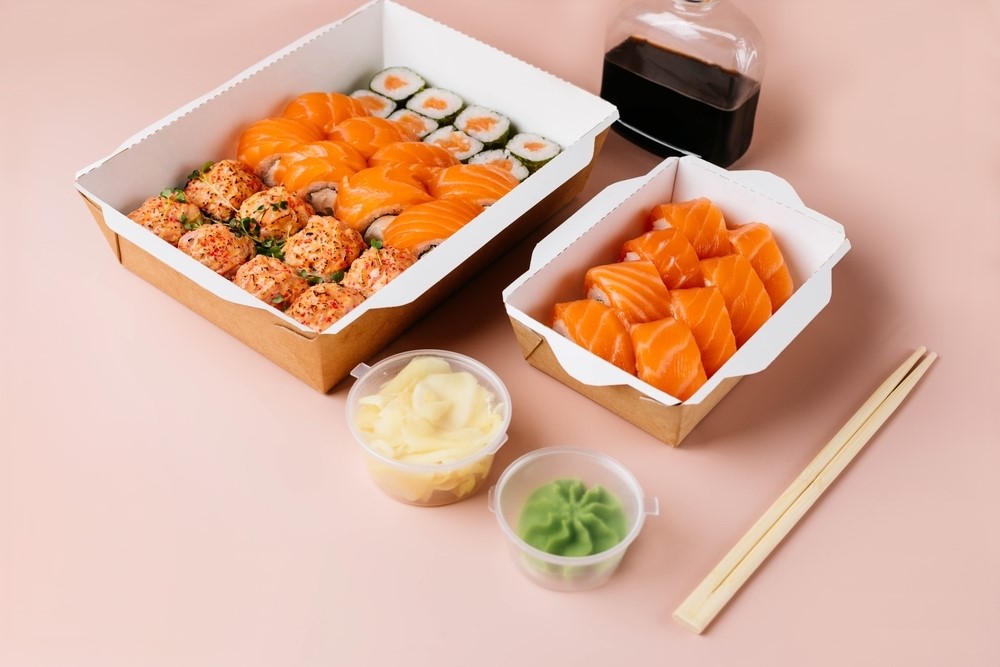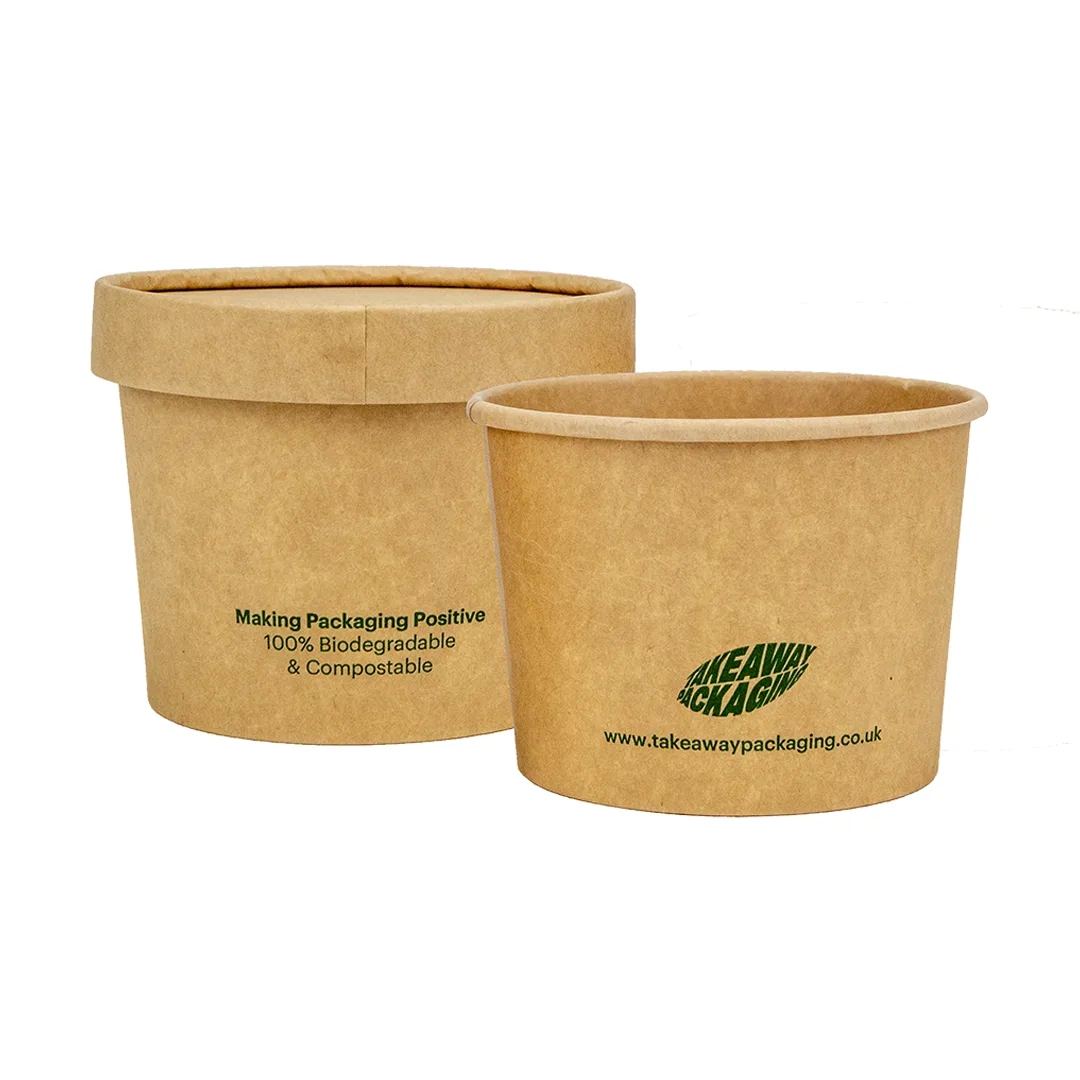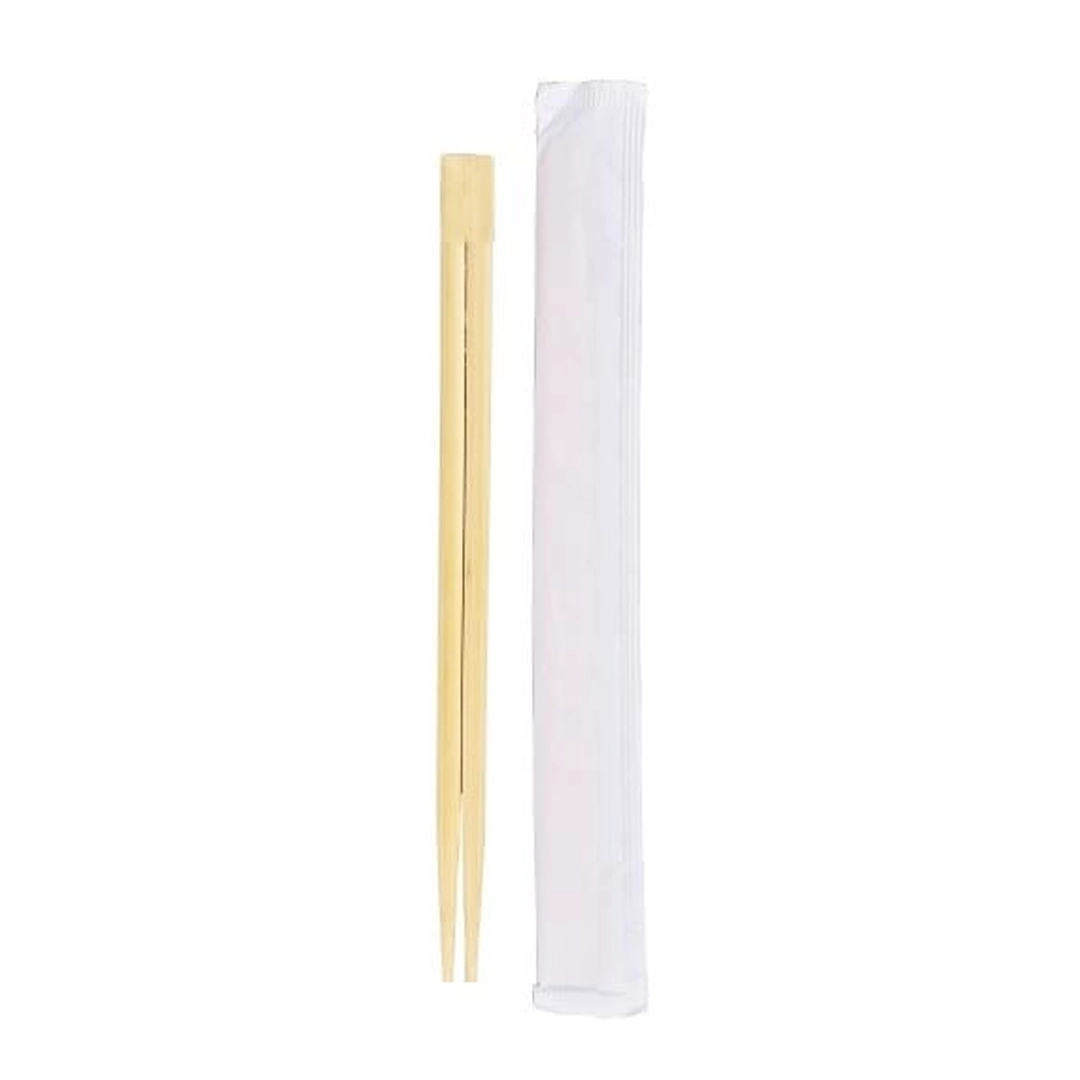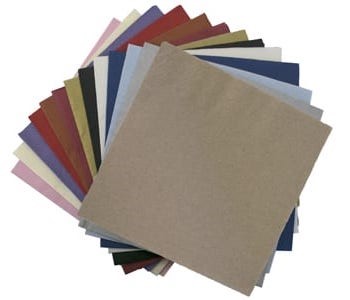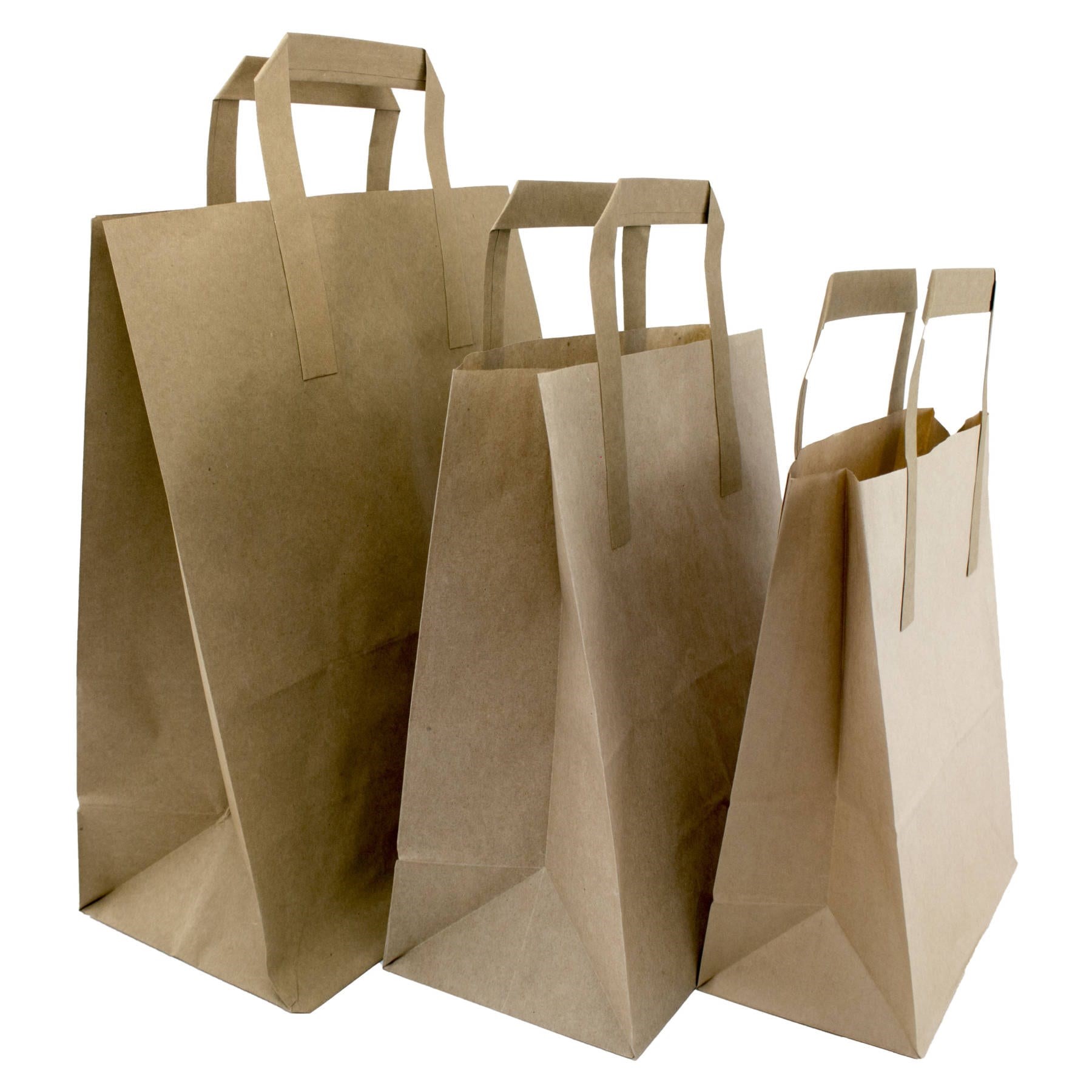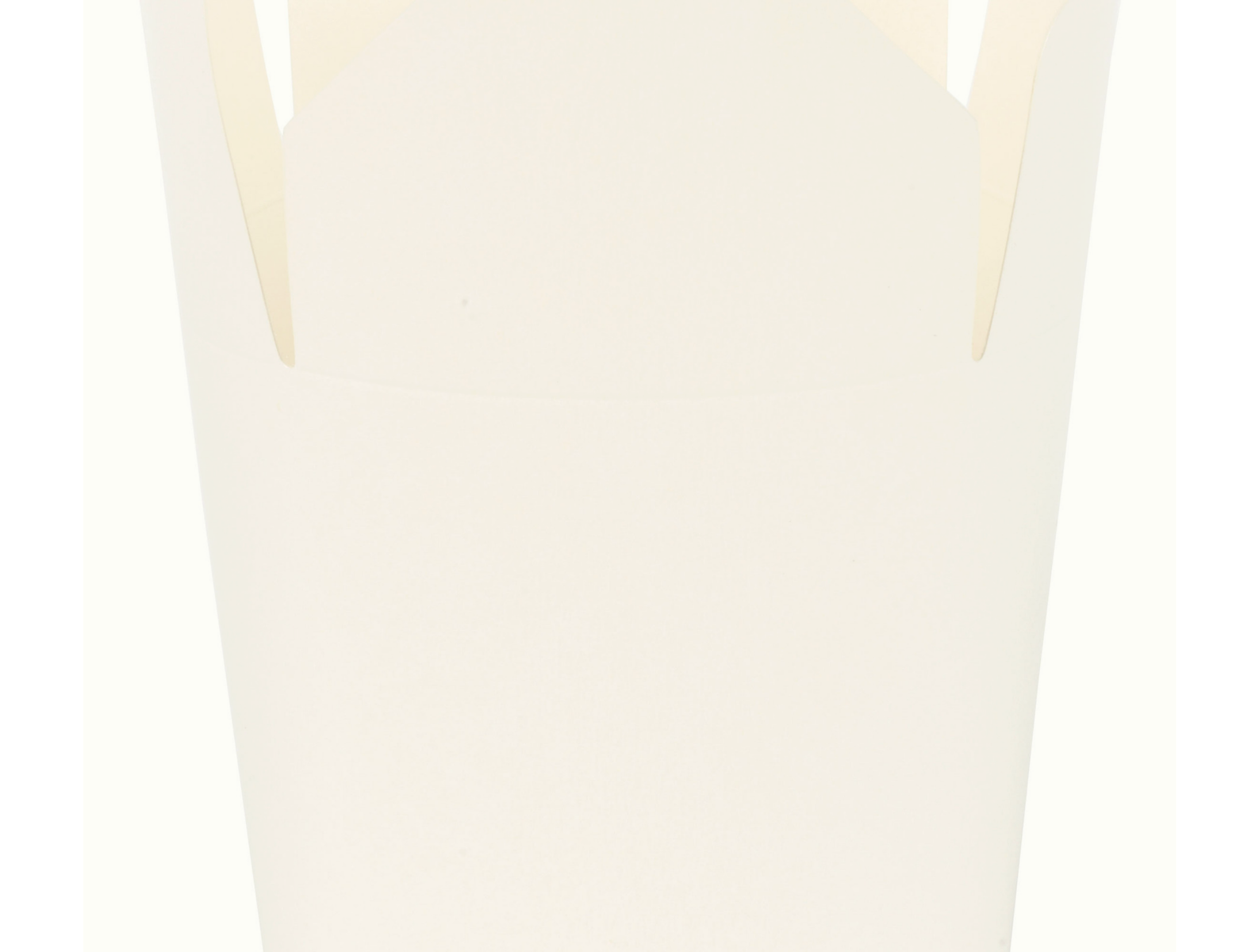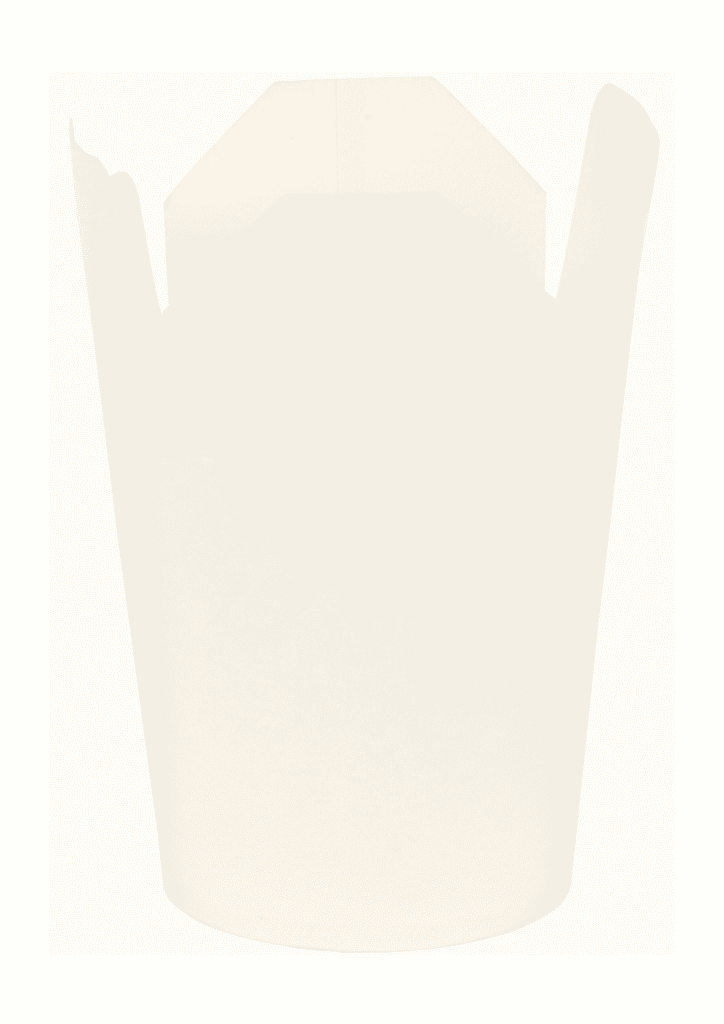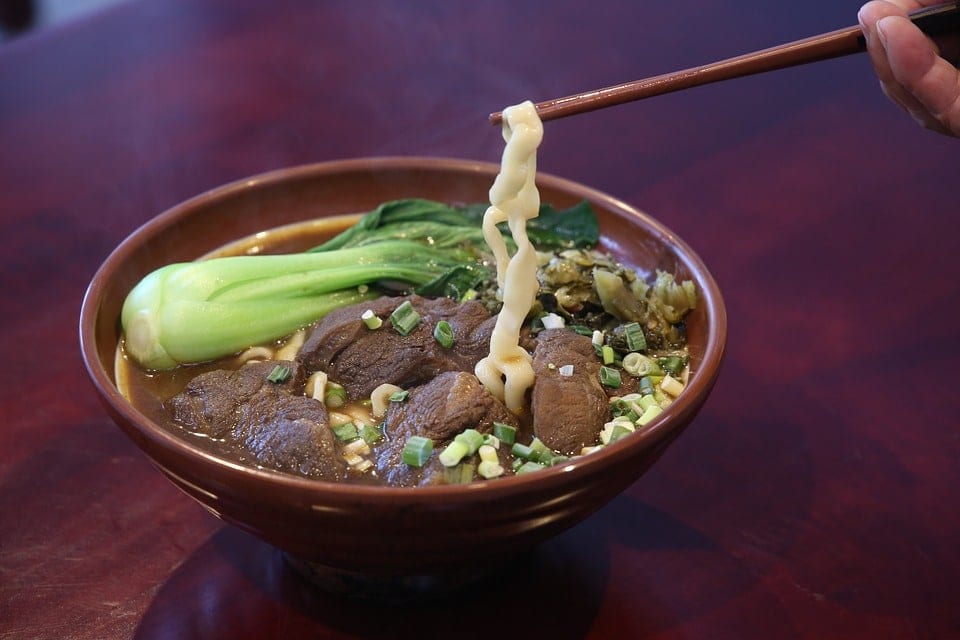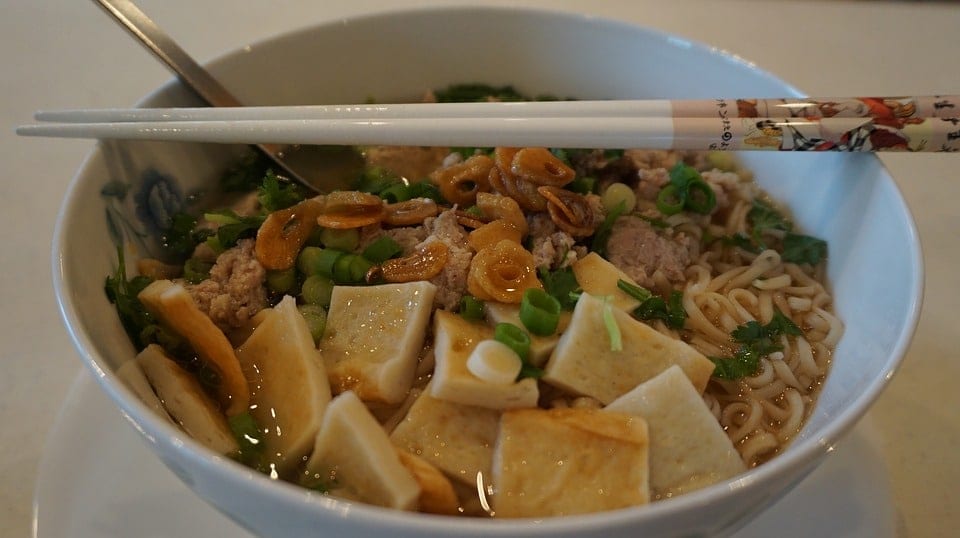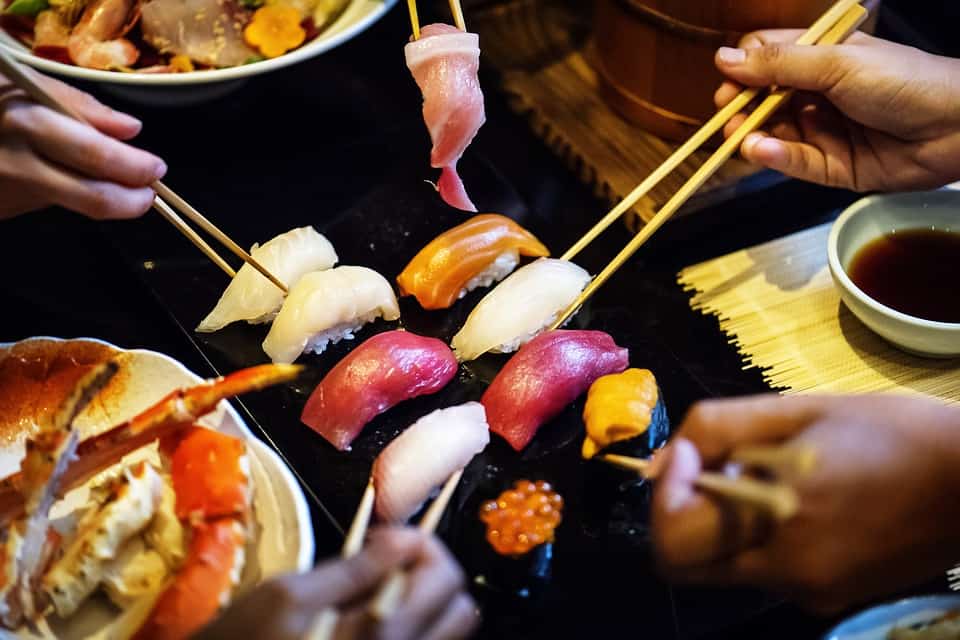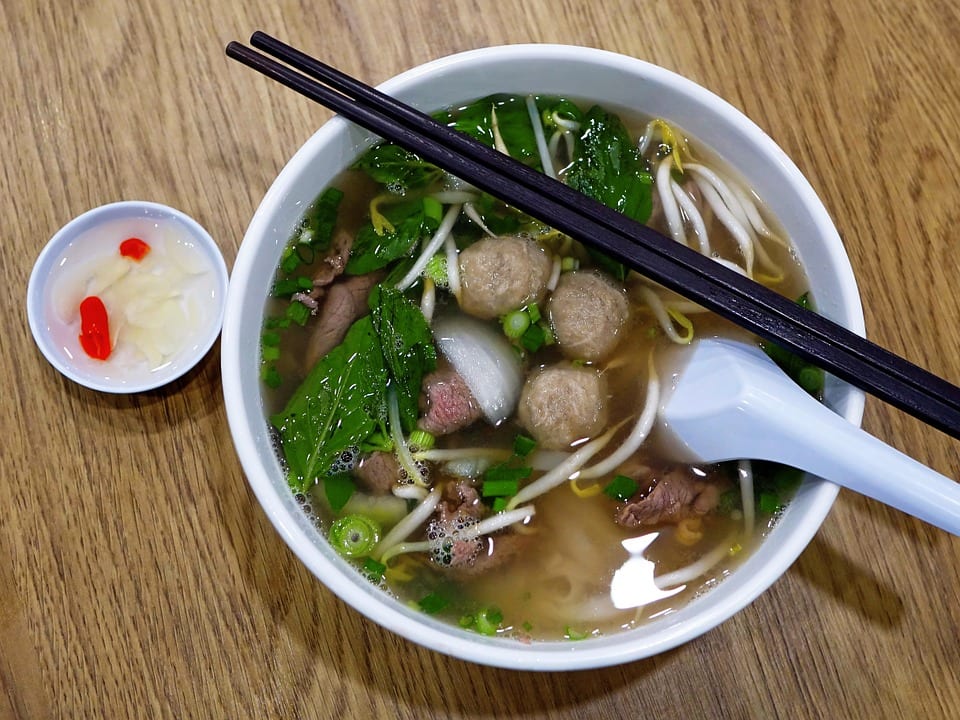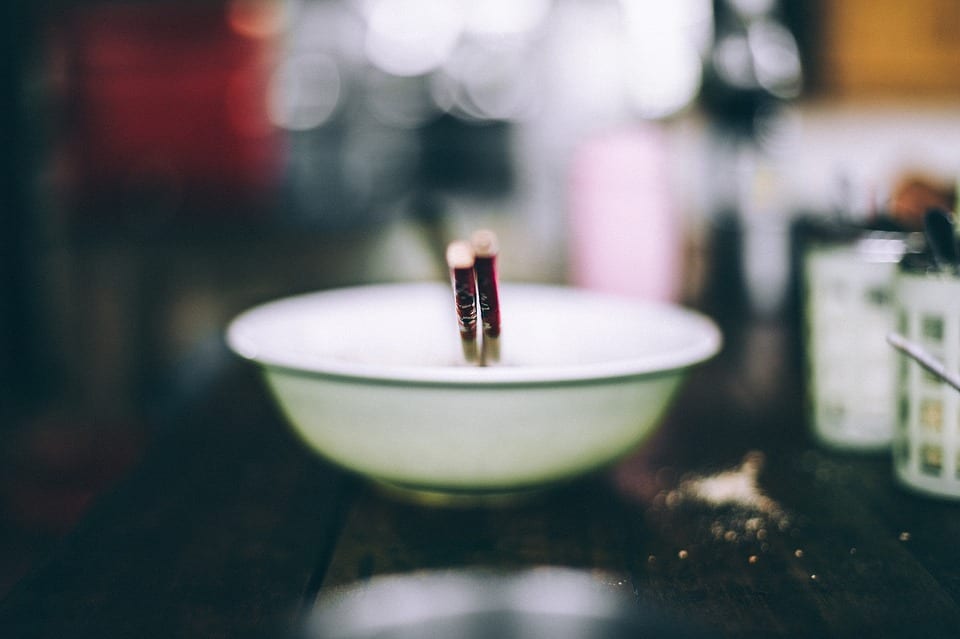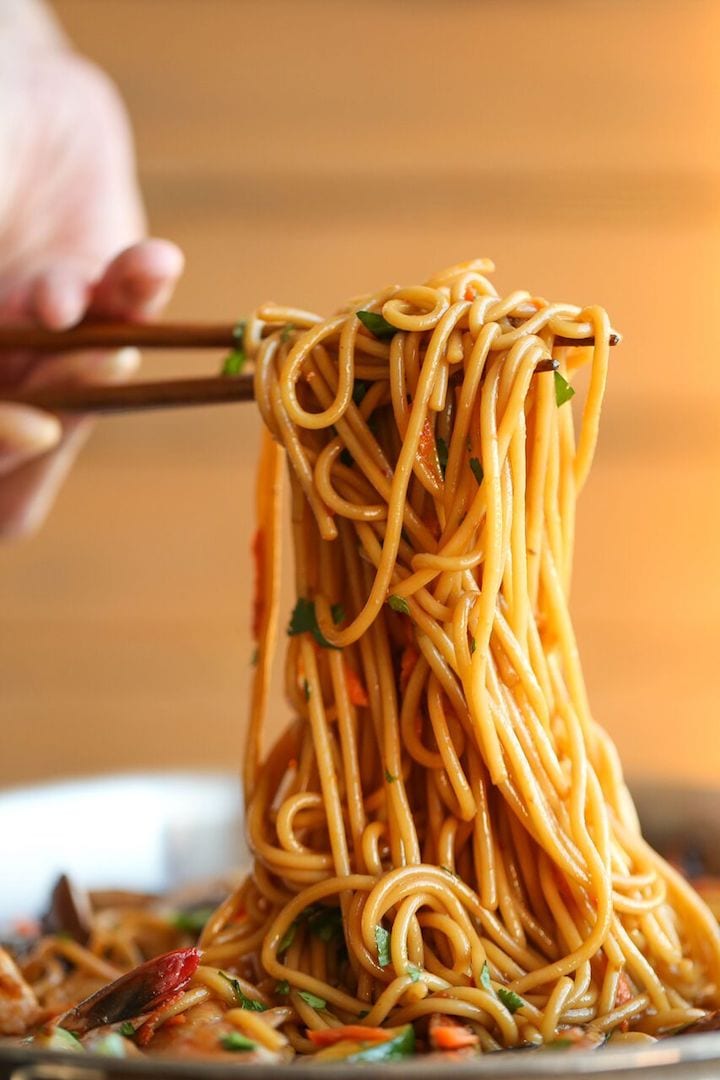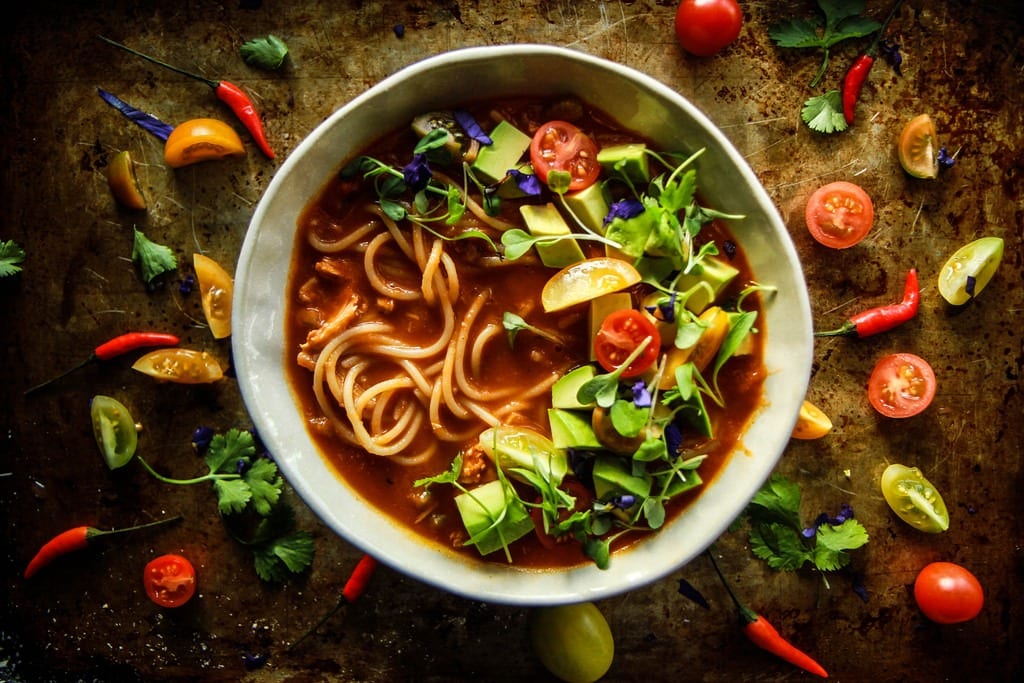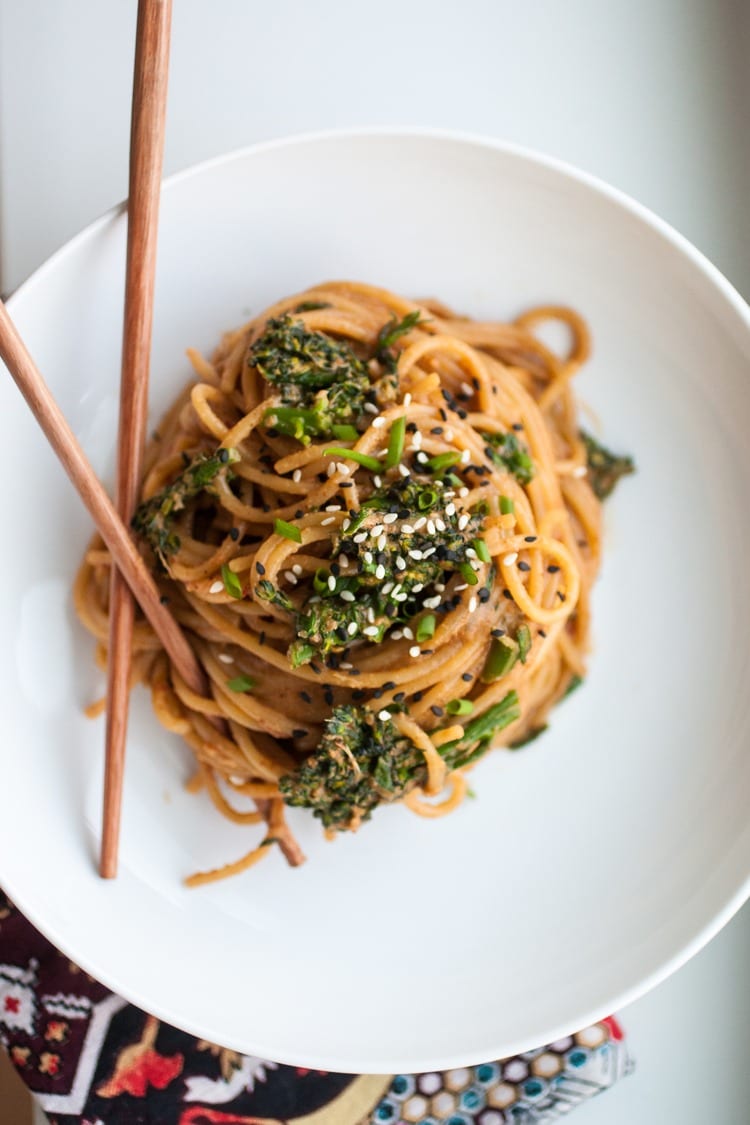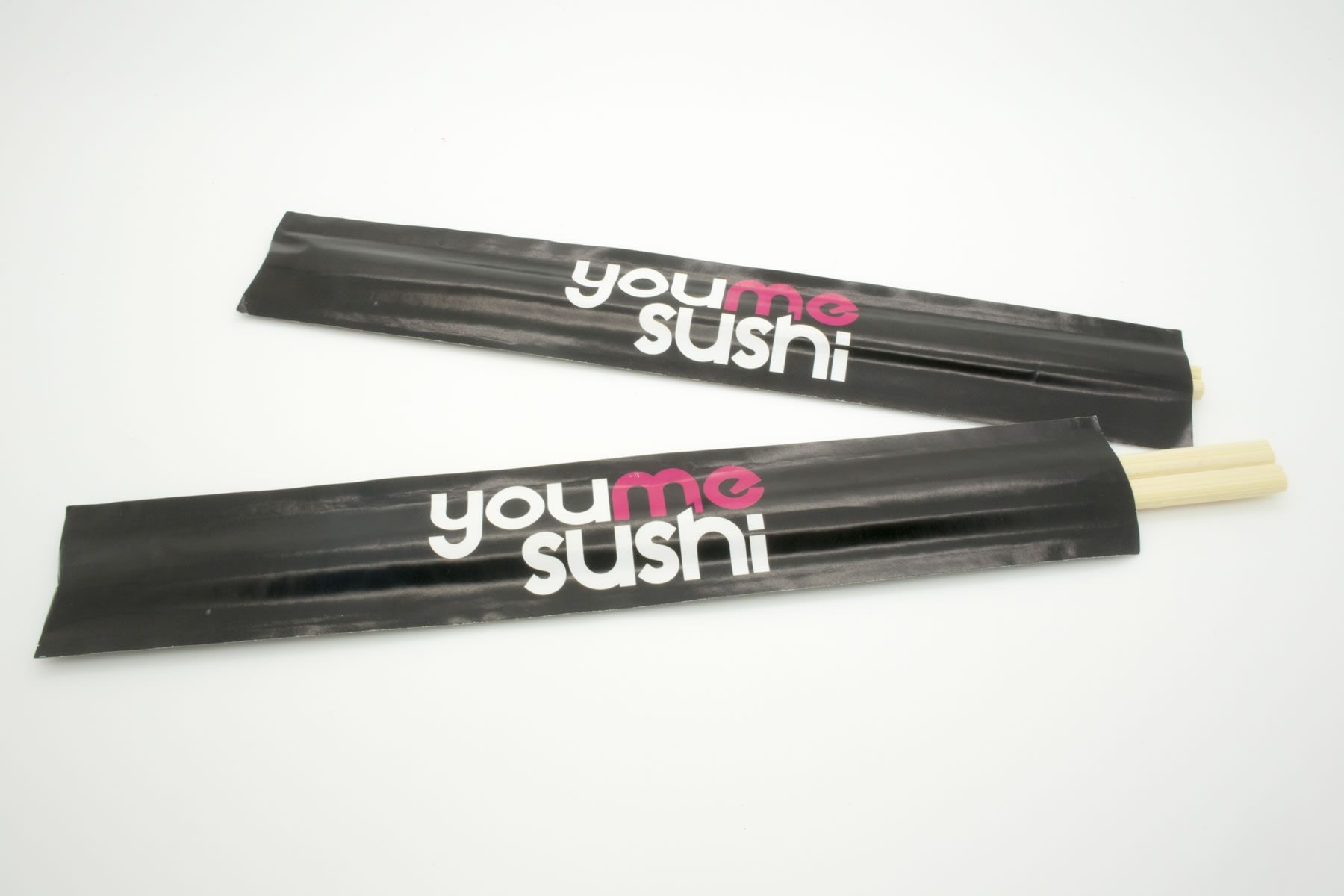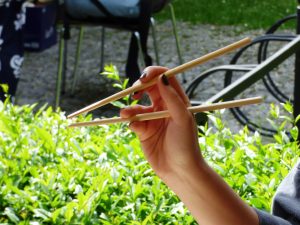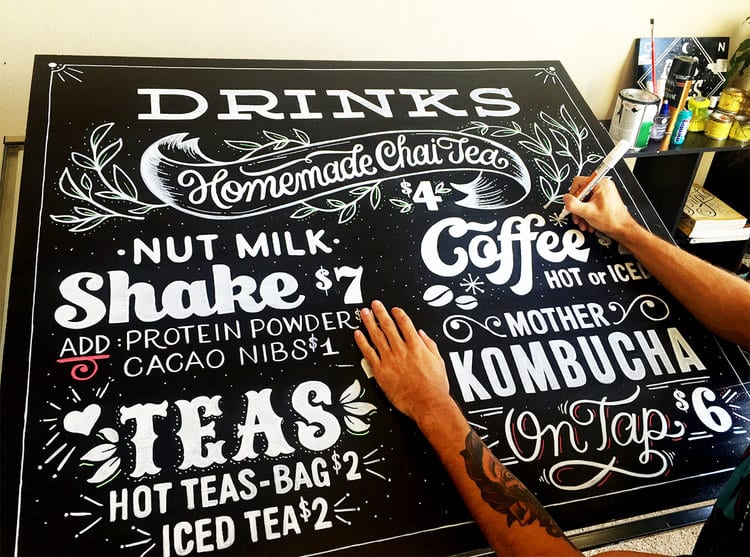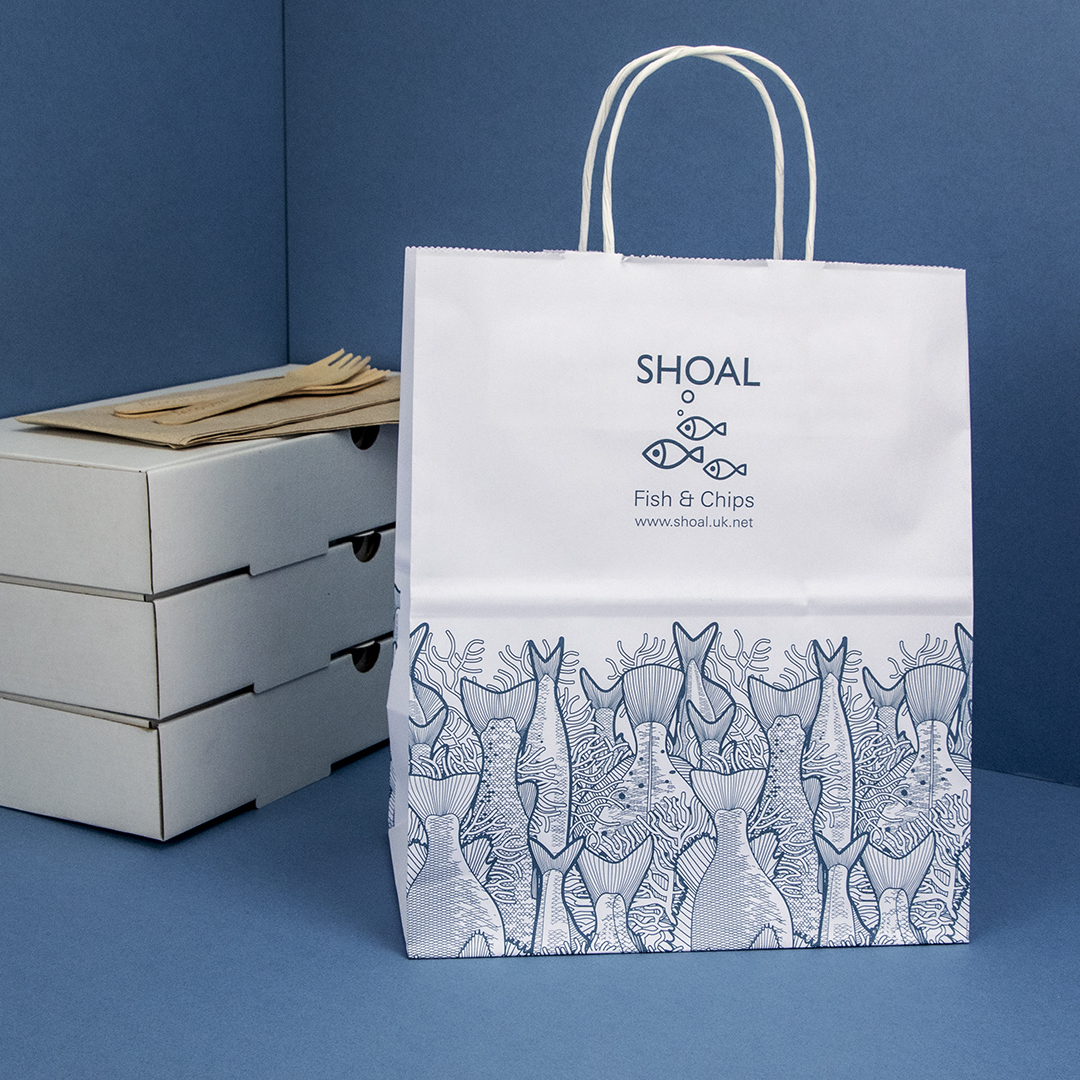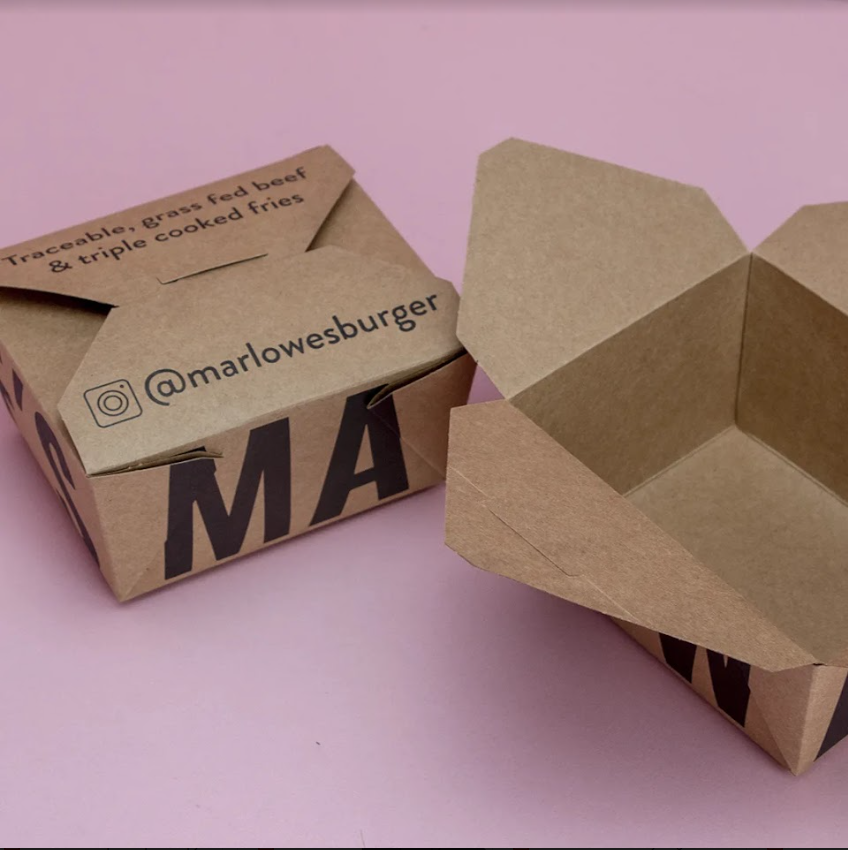If you’re selling sushi, you know how much disposable packaging is required for takeaway orders.
From sushi trays to sushi boxes and containers, a lot goes into keeping your dishes fresh and delicious. That’s before you’ve considered the extras, like chopsticks, sauce pots, condiments and what you’ll use for drinks packaging.
That’s why we’re here to help you find the most sustainable sushi packaging for your sushi bar, restaurant, or takeaway service. Let’s get started!
Getting Started with Sushi Packaging
Sushi is one of the healthiest takeaway options, making it incredibly popular with consumers. It comes in many shapes and sizes, combining raw fish, seafood, vegetables and rice. While the art of creating delicious sushi may be intricate, packaging sushi is relatively straightforward.
This presents your brand with a unique opportunity to go the extra mile and give your customers an unforgettable experience with your sushi packaging. The most cost-effective way to do this is with sustainable packaging alternatives or branded packaging options.
To get you started, here’s a quick rundown of the different kinds of eco-friendly packaging you can use for maki, uramaki, temaki sashimi and nigiri:
Our sushi packaging is versatile and can be used with an array of other food products, minimising the amount of packaging you need to buy separately.
Discover more sustainable cold food packaging.
Eco-Friendly Materials for Sushi Packaging
Most sushi trays and boxes are made from plastic. While cost-effective, it’s not eco-friendly and contributes to plastic pollution. Most of the time, it’s not recycled — or recyclable. The good news is that there are a few sustainable, food-safe materials for sushi packaging to suit your brand and budget:
Want to customise your sushi packaging? Get in touch for a free design quote.
Can You Recycle Sushi Containers?
Before you recycle sushi packaging, check what it’s made from. Some plastic sushi containers are recyclable, but some aren’t. Check the resin identification codes (RIC) stamped on the packaging to see whether or not your packaging can be recycled — it should be a small number in a triangle.
If no number is present, the best thing to do for the environment is to dispose of it in general waste. This seems like bad practice, but if the packaging material can’t be identified, it will be rejected by recycling centres along with food packaging spoiled by oil, grease or moisture.
To avoid this issue, retailers should err on the side of caution and choose recycled, biodegradable and compostable food packaging. Your sushi will be just as delectable if you use eco-friendly trays, containers and accessories!
Related: The Best Packaging Materials for Takeaway Food and Drinks in 2022
Why Use Eco-Friendly Packaging for Sushi?
In the UK, the market for Japanese and sushi restaurants is valued at £1.3 billion, employing around 32,000 people across nearly 3000 businesses. With further growth in the sector anticipated, retailers will face stiffer competition from new and established brands.
This is where standing out becomes more about your mission and values rather than novelty. So what can retailers do?
Sustainable Packaging Helps You Connect
Eco-friendly packaging won’t just help you protect the planet; you can use it to help your brand connect with eco-conscious customers. People in this demographic are more likely to be wellness-focused and opt for sushi as their takeaway of choice. As a retailer, choose naturally renewable materials like bagasse, Kraft board and recycled plastic for your sushi packaging.
Food-Grade Packaging Keeps Customers Safe
Consumers are increasingly aware of the dangers of plastic in food packaging. Our food-grade packaging is 100% safe for use with food items so your customers can dine with confidence. All our packaging is stored in our BRCGS-certified storage facilities that comply with the highest standards of food packaging storage.
Biodegradable Packaging Is the Future
Give your customers packaging they can easily dispose of responsibly and make their takeaway experience significantly more enjoyable. It’s easy to make your customers feel good about buying from you by serving your sushi in natural packaging. Materials like Kraft board and bagasse can be composted or disposed of in general waste since they’ll degrade naturally in far less time than it would take for plastic packaging to decompose.
Check out our online shop for more sustainable packaging options.
Eco-Friendly Accessories for Sushi Restaurants
Interested in branded food packaging? Get in touch for a free design quote.
Interested in Branded Packaging for Sushi?
Branded packaging can help you dominate the competition, no matter the size of your sushi restaurant or takeaway business. As the UK’s eco-friendly food packaging experts, we’ve helped countless businesses maximise brand exposure and get custom packaging that protects the planet.
Discover more sushi packaging and much more in our online shop. Want branded packaging? Get in touch via email or 01753 655344 for a free branded packaging design quote in just 48 hours.


